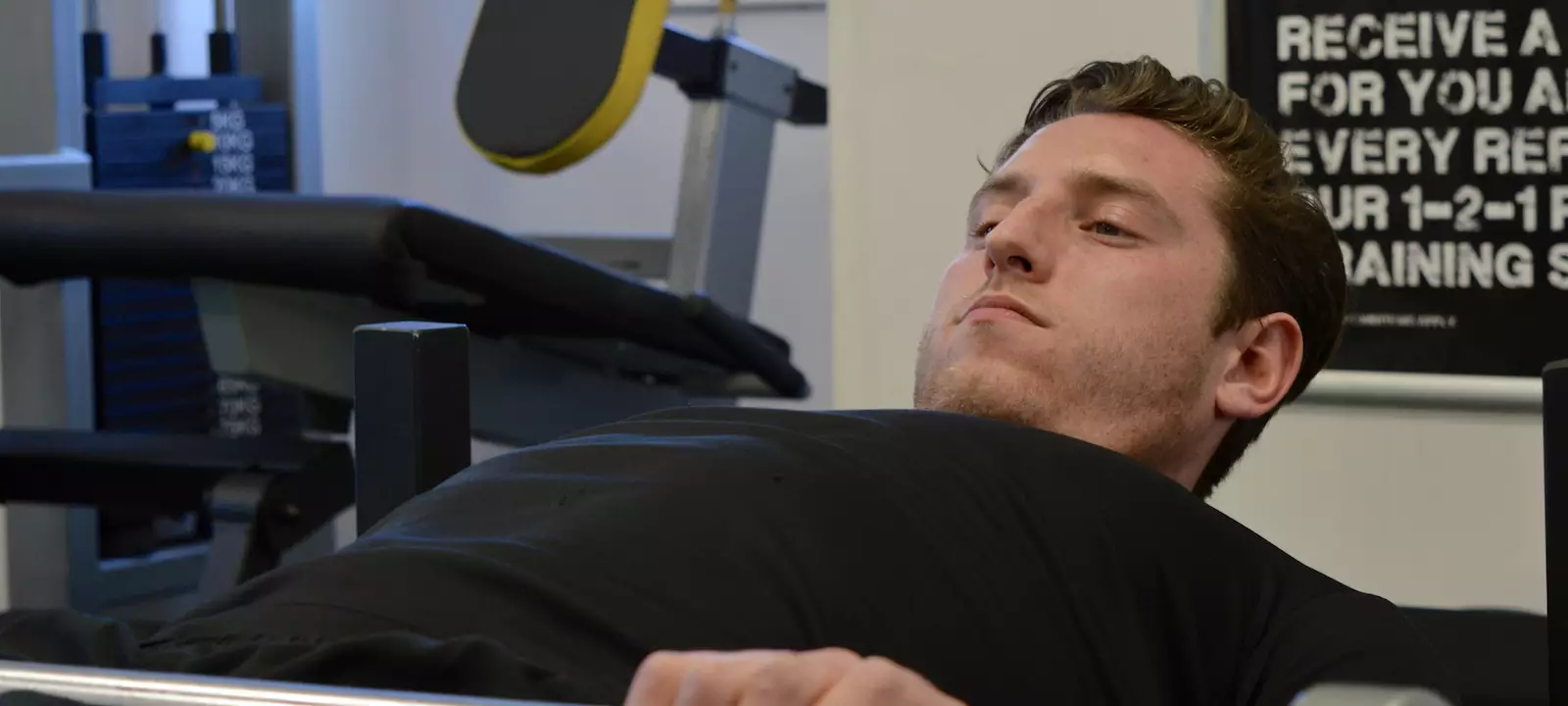So you are wanting bigger better glutes?
If you are a male reading this then it’s most likely due to the functionality the glutes play in sport and exercise. If you are a female reading this then it is most likely down to you wanting a bigger, more aesthetic looking backside. However, let us not pass judgement and say whoever is reading this wants both functional and awesome looking glutes.
What are the glutes?
The gluteal muscles, more commonly referred to as the glutes, are made up of three separate muscles. The gluteus maximus, the gluteus medius and the gluteus minimus. Each muscle is involved with different functions.
The gluteus maximus is the largest of the three and covers the bulk of the buttocks. The glute medius and minimus and much smaller and found a little higher to the sides of the top of the leg.
The glutes are involved in movement at the hip at two different planes of motion.
- The sagittal plane – where the hip is extended via the gluteus maximus (leg moving from out in front of the body to a straightened or slightly behind the body position like when standing up from a seat)
- The Front plane – where the hip is abducted via the gluteus medius and minimus (leg moving away to the side of the body)
The hip also moves in the transverse plane where the hip is externally rotated via the lateral rotator muscle group (foot turning out). These muscles are situated deeper inside the hip joint underneath the gluteals. The glutes are also used to prevent anterior pelvic tilt (forward tilt) through posterior pelvic tilt (backward tilt) helping prevent lower back pain. With this being said, a major cause of lower back pain is weak glutes leading to the pelvis tilting forward and causing compression and tightness of lower back musculature.
It is important to note that if we are wanting to optimise muscular contraction and recruitment within the glutes then we need to make sure that major movement restrictions are limited. If we have restricted mobility around the hip joint this can result in movement in areas that we don’t want to target. This often ends up being the spine resulting in lower back pain. For example in certain exercises if the hip flexors are tight it will prevent full hip extension to allow maximal glute contraction. Hip mobility is therefore essential to optimise your glute training.
One of the best exercises for the glutes are hip thrusts.
This exercise is highly beneficial for the glutes as is not only creates high levels of tension within the muscle, it also allows for metabolic stress in the glutes (muscle pump) along with constant tension throughout the set. However, due to the limited range of motion within this exercise, a full eccentric phase via hip flexion isn’t reached resulting in less muscular damage compared with other glute exercises such as squats, lunges, leg presses etc.
The hip thrust as a glute exercise is great for beginners or individuals who lack the mobility and strength to perform squats or deadlifts due to the relatively ‘low risk’ dynamics of the movement.
However it is important to note not to jump into this exercise without proper coaching.
Many times we see excessive lumbar extension (lower back arching) through individuals taking movement from their spine and not the hips. A big no no. This can cause lower back pain along with inhibiting glute activation.
There will be a video coming soon on how to perform the hip thrust effectively and a few common mistakes to try and avoid.

